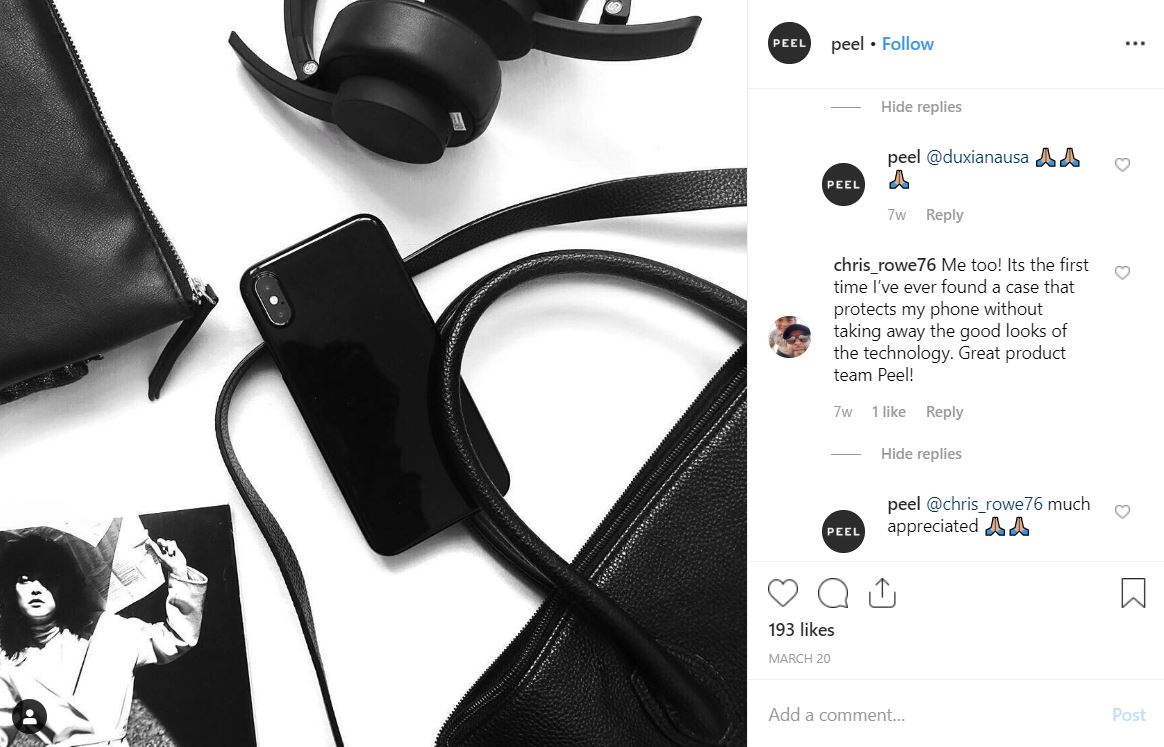Organic Social Is Not Dead
Ask any marketer and they’ll tell you that paid social is an essential component of their social media marketing activities. In fact, over the last few years, preference appeared to have gravitated more towards paid social, leaving organic – or unpaid – social with nothing but a bad reputation.
Marshall Manson, CEO of Ogilvy UK even went so far as to say that “You might as well take your [organic social] budget to the bank, cash it out in greenback $20s, pile it up in the parking lot and light the money on fire.”
Why the harsh view on organic social?
Being businesses as well, social media platforms are increasingly looking for opportunities to monetise their features and ability to reach audiences. Today, social media platforms have become closed platforms that put pressure on brands to spend money on paid ads to achieve the results they want.
Yet, it would be foolishness to follow the advice of Marshall Manson because the truth is social media marketing success hinges on complementing paid social with organic tactics. Here’s how:
Organic social gets the people paid social needs
Whether the desired action is to buy, read, subscribe, or provide information, there’s always a call-to-action (CTA) attached to every piece of paid social content. It’s all about return-on-investment after all. So, it’s established that paid social’s purpose is to get people to perform an action you want. But before there can be action, you first need the following.
That’s where organic social comes in. Organic social humanises your brand which in turn makes it more genuine, engaging, and trustworthy. That trust factor is particularly crucial because 82% of consumers proactively seek referrals from peers before making a purchase decision and 92% of individuals trust word-of-mouth recommendations. People also pay twice the amount of attention to posts and recommendations from their peers.
If your audience only ever see paid efforts from your brand, you have lost their attention and trust. More importantly, you’ve lost the opportunity to build a positive brand perception.
Organic social plays well with paid social
Not all businesses have the marketing budget for paid social activities that can bring them the return-on-investment (ROI) they are looking for. The great thing about organic social is that you don’t need a large budget.
By taking budget out of the equation to the success of your social media strategy, it allows your brand to focus on creative aspect of your organic social content. Then, by complementing great organic social with paid social activities, you are setting up your brand for success.

Take Peel for example. In a highly competitive phone case industry, Peel manages to make their functional and stylish thin phone cases stand out. But it’s not the fact that their cases are thin that’s exceptional, it’s how they combine organic social on Instagram that focusses on visual appeal and aesthetics with Facebook video ads o tells their audience what separates their products from everything else in the market.
This clever use of both organic and paid social saw Peel’s campaigns rake in 16 times increase in revenue and 3 times higher ROI.
Organic social drives great customer experience
In contrast to the way one-way communication that is paid social, organic social opens the way to two-way communication, allowing your audience to learn about your brand and vice-versa.
Once again, Peel is a great example of how to leverage on the interactions that happen as a result of organic posts to build a great brand. By being responsive to potential and existing customers on Instagram, Peel is providing excellent social customer care which in turn helps them build a community of loyal fans that can vouch for them. More importantly, Peel is ensuring that they retain 29% of consumers who are likely to go to a competitor as a result of being ignored on social media (Sprout Social).

Organic social is also a great avenue for educating and provide quick solutions to any questions that potential customers might have about your brand, product, or service. In fact, 45% of consumers turn to social media as one of the first channels for questions or issues and 21% of consumers are more likely to buy from brands that they can reach on social media.
On the part of the brand, actions on social that prompt consumers to purchase include being responsive, offering promotions, providing educational content, sharing interesting visuals, and being funny.
When you consider the benefits of having these synergies, it’s easy to see that organic social is not dead. So, sorry, Marshall Manson, we don’t think we’ll be burning that pile of $20s in the parking lot anytime soon.